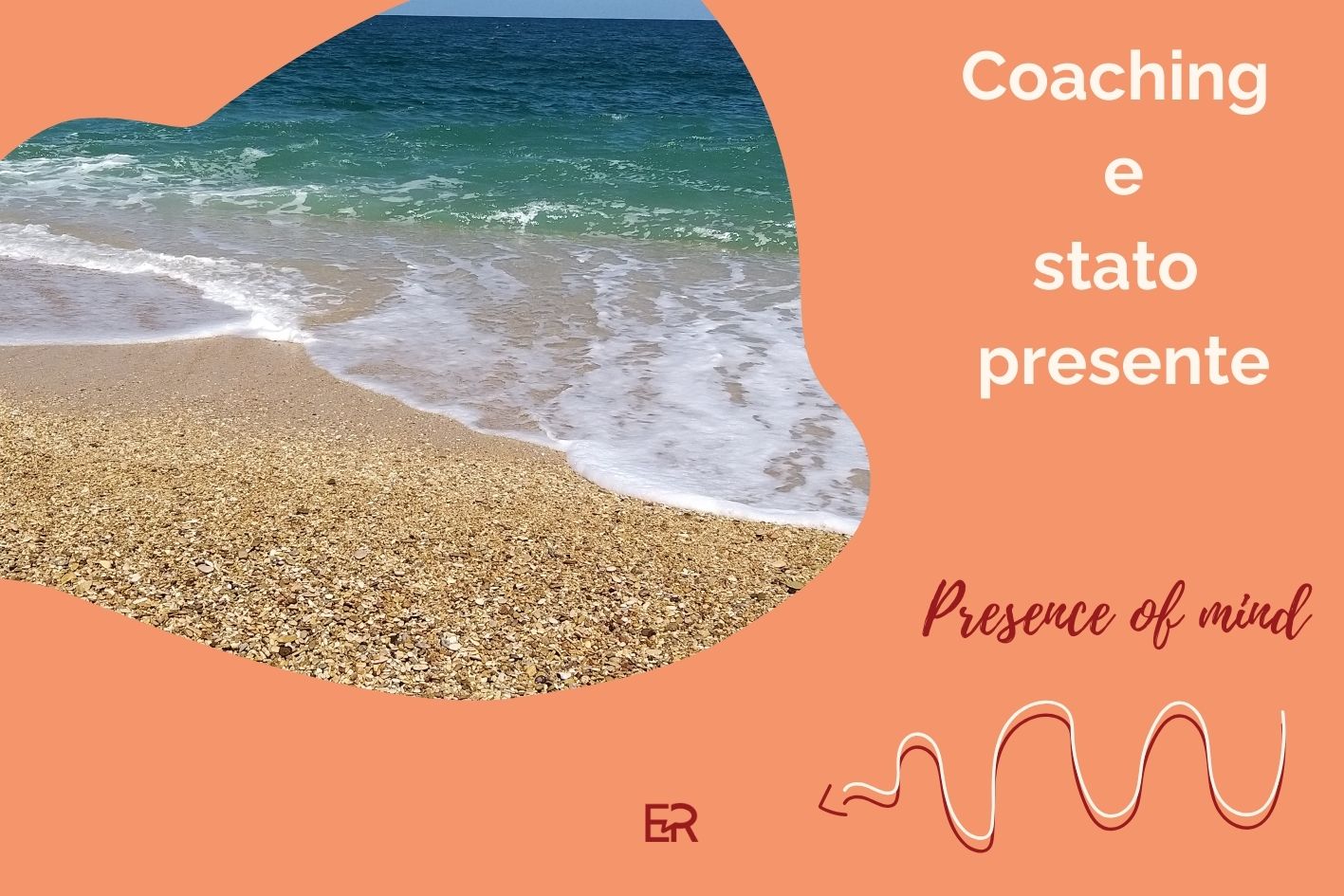
27 June 2024 Living in the present for a fulfilling life
To live in the present and achieve a fulfilling life it is necessary to be aware of the moment, without judgment, with an attitude of acceptance of what is happening, open, neutral, and curious.
Living in the present is the ability to take care to what is happening in and around us, without being distracted by thoughts, emotions or worries of the past or future.
Living in the present: meaning

Neuroscience explains that the area of the brain that is activated to react to thoughts and actions that generate stress is the same area that is used to activate and direct attention. Hence the importance of learning and training to directing attention to what feels good instead of what generates overwork and stress.
This ability can be trained focusing on your own body, on your own breath and on individual physical sensations. It is therefore a matter of habit and practice, until it becomes natural and almost automatic.
Practicing awareness to live in the present
Presence awareness exercises are short practices that help develop attention to the present moment. Some examples of self-awareness exercises include:
- conscious breathing,
- observation of thoughts and emotions and
- attention to the body and physical space.
Training ourselves to keep the focus on the breath or other objects more or less close to us is quite simple, as this is something we always have with us (in the case of the breath) or something we can get used to discovering (in the case of thoughts, emotions and specific physical spaces).
When you happen to get distracted, you can return your attention to your breath or to some surrounding object, without judging yourself.
It is about suspending the brain's mental activity which with thoughts leads in different directions, and focus/frame instead on the fact that the body and senses are immersed in a specific environment in which things are happening, whose sensations, colours, sounds as well as actions one may not yet have grasped because one is distracted by something else. Since the brain cannot direct attention to two activities at the same time - both on the breath and on thoughts - if the attention is on the present moment and on the breath, it is no longer on the thoughts.
The 3 levels of listening for a fulfilling life
With coaching it is possible to a simple exercise that trains attention to the body and physical spaceand thus grasp, without judgement, what is happening in the present moment around them.
It is a training exercise for the 5 sensesso-called 'global listening', which takes place by grasping the details of the surroundings.
In global listening there are 3 levels to practise on:
the 1st that is internal listening, the one heading towards our thoughts, feelings, suppositions, judgments, and conclusions.
The 2nd level, is focused listening, when one's awareness is focused on another personand we can see and hear what is said and also what is not said.
The 3rd level is sensory listening which is when we manage to involve all our senses and our intuition to receive information from our environment and our interactions.
A sensory listening exercise in the present with coaching

Here is the exercise, follow me...
- First, identify 5 objects that you can see. You can bring your eyes to a light in a corner, to your hands, to a picture hanging on the wall. Take a moment to look around and observe all these things: the colors, the material they are made of, the shapes. Slowly dwell your gaze on each tiny detail and internalise it.
- Afterwards, look for 4 things that you can touch or even feel. It can be the air caressing the skin, the weight of the body on the chair or the heaviness or lightness of a dress, or even the roughness or softness of some object.
- Then, find 3 things to listen to. For example, the engine or horn of a car, the chirping of a bird, your breath, falling leaves, or a sudden noise.
- Therefore, identify 2 things to sniff. This may be a little strange at first, but if you think about it, everything has a smell. It could be the smell of soap on your skin, or the smell of flowers and earth in the garden, or something burning.
- Finally, discover something to taste o savour. It may be some new food, or even something that you have eaten before and has left a good taste in your mouth.
Once all these things have been identified, stay there, listening, and explore all the sensations that engage and refer to your five senses.
By bringing your attention to what you perceive with your five senses, you divert your attention from your thoughts and this also allows you to achieve a sense of calm and well-being.
DISCOVER MOREHow to live in the present for a fulfilling life
Despite distractionswith training in focused and punctual attention, it is possible to re-direct one's thinking and presence on something else, more useful for themselves.
This training allows to slow down actions, suspend judgments, distract from discouraging thoughts, and refocus individual thoughts on something that ends up facilitating the regaining of calm.
3 benefits of living in the present
Living in the present helps to lead a fuller and more fulfilling life through the following 3 benefits:
1. reduces stress and anxiety
because, as in the exercise we just did, it helps us connect to the present moment and let go of thoughts and worries of the past or imagine them in the future.
2. improves concentration and memory
Indeed, by bringing our attention to the present moment and keeping our focus on what we are doing, we are able to grasp the details of our actions and recall them more easily on other occasions.
3. increases compassion and empathy
Living in the present leads us to be more aware of our thoughts, our emotions and those of others.
When we are present, we are able to notice our thoughts and emotions more easily and understand our defence mechanisms better.
In addition, it allows us to recognise our own prejudices and limiting beliefs, which can hinder our empathy and therefore to pay attention to another person's body language, tone of voice and words.

Conclusion: why living in the present is useful for a fulfilling life
Living the present state can help to develop awareness (*) and to increase attention and concentration.
When we focus on the present moment, we are training our minds to slow down and concentrate on one thing.
This can help us to reduce distractions and pay more attention to our thoughts, emotions and senses.
Moreover, when we accept ourselves in the present moment, we are accepting our thoughts, emotions, and feelings, even if they are negative.
This is ultimately a means to live life in a more authentic and balanced way.
If you want to slow down to live in the present and work with me on your attention and concentration
REQUEST AN INTERVIEWYou may also be interested in
Work-life balance: the right equilibrium of life and work
Self-awareness: what it is, how it develops and how it can help achieve well-being
(*) For more:
"The Power of Now" a video explaining the present of the "here and now" and bringing attention to the types of listening; this clip is taken from the film "The Power of Now". The film, in turn, is based on the book "The Way of the Warrior of Peace" by Dan Millman.
"All it takes is 10 mindful minutes": Andy Puddicombe jokingly narrates an experience of presence to achieve concentration, calm and clarity:
